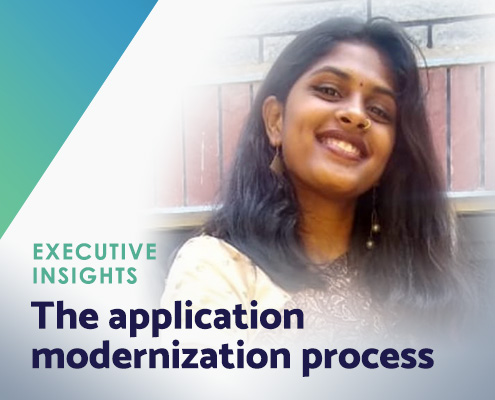Modern times have seen digital-savvy customers and innovation-hungry tech enthusiasts push the pace of technological growth and development. For example, in a span of just twenty years, we have gone from clunky cameras and phones to present day camera phones that are capable of doing everything we could have possibly imagined – and more.
So, what made similar “miracles” possible? Application modernization. At an industrial level, the application modernization process is defined as the refactoring, repurposing, or consolidation of legacy software and aligning it to address current business needs.
It’s no wonder why application modernization is in such great need. Modernizing and updating current processes and procedures creates advantages in both efficiency and productivity. It also ensures security while keeping a business, brand, or product relevant. In many competitive industries, application modernization is the only way to ensure future success – especially in the tech industry.
A Step-by-Step Process
To start the Application Modernization process, each concern of a specific case is expressed and understood. Next, teams work on identifying areas for improvement. These areas usually range from errors or delays to eliminating certain aspects. These potential problems are thoroughly discussed and organized, and then the right strategies are mapped out to meet the needs of the client.
Meanwhile, a risk assessment is conducted for every proposed change and those solutions are implemented.
A well-conducted application modernization lifecycle also includes post upgrade check-ups. Critical support services, application management, ongoing QA support, monitoring, and control services/deployment are all essential lifecycle components.
The troubleshooting part of application modernization – throughout the entire process – is executed in different ways. Multiple aspects of the existing application can be:
- Re-learned, re-factored
- Re-hosted, re-architected
- Re-interfaced, replaced
- Retired
Based on the needs of the application, the preferred process is executed. In the long run, modernizing applications allows organizations to create better customer experiences, drive cost optimization, increase data relevance, and in some cases, increase sales opportunities.
Staying relevant in today’s fast–paced tech space can be challenging. The good news? Prakat’s experienced application modernization services deliver custom solutions for clients that meet current demands with a keen eye toward future needs.
Connect with Prakat.
![]()
Modernize and transform how you do business in the digital age. The Prakat team is ready to help you get started.







